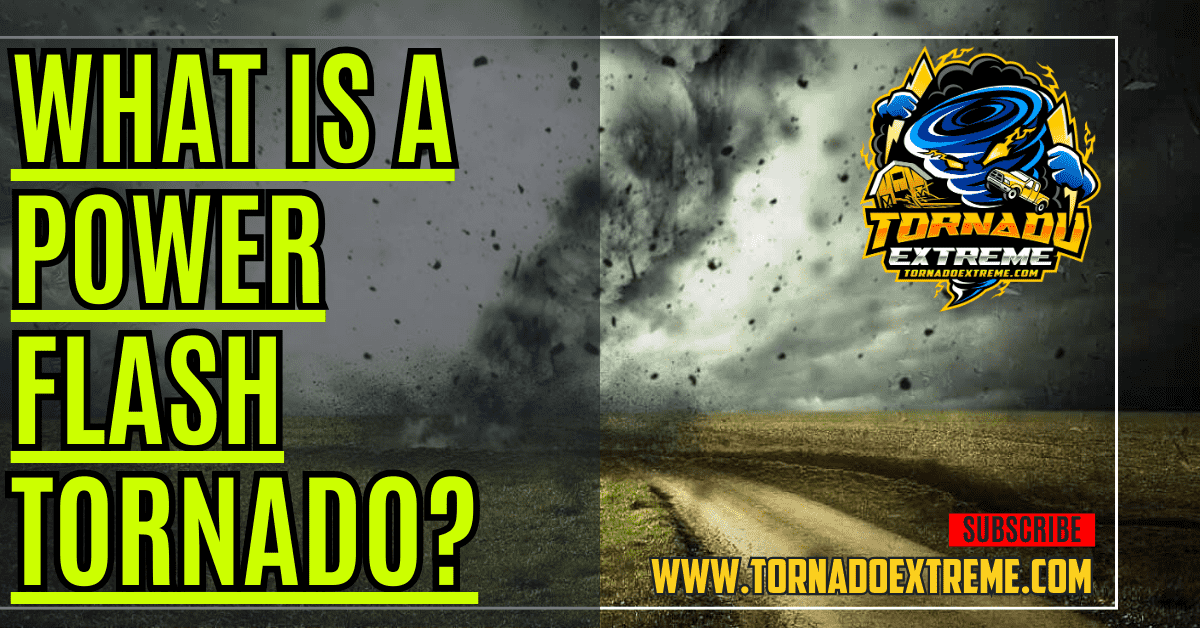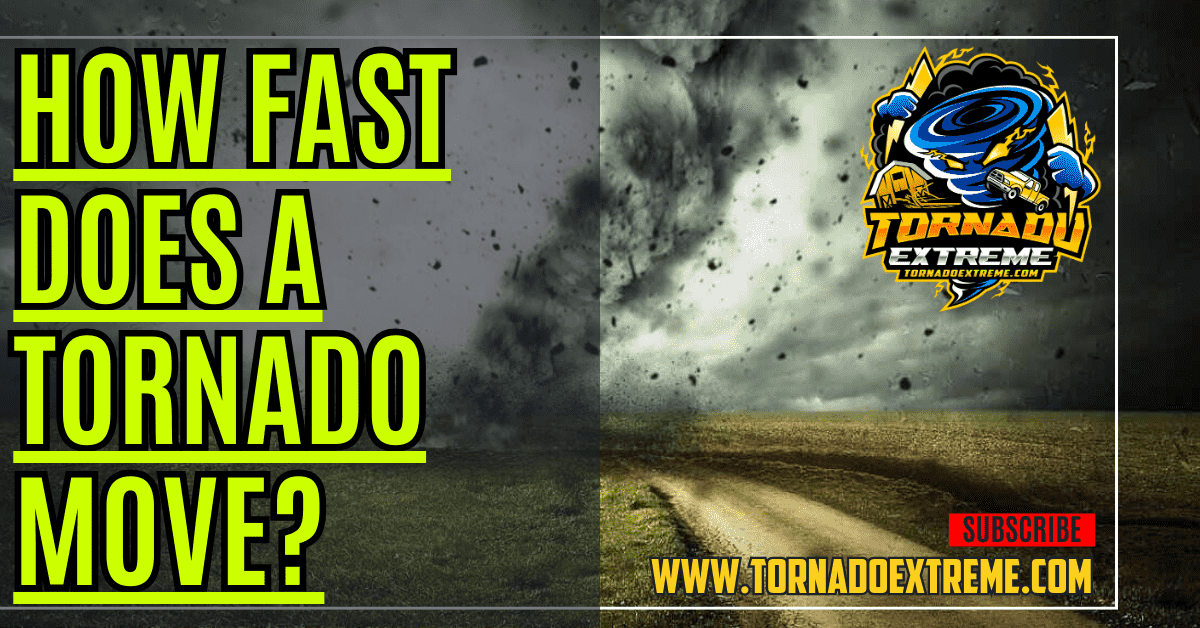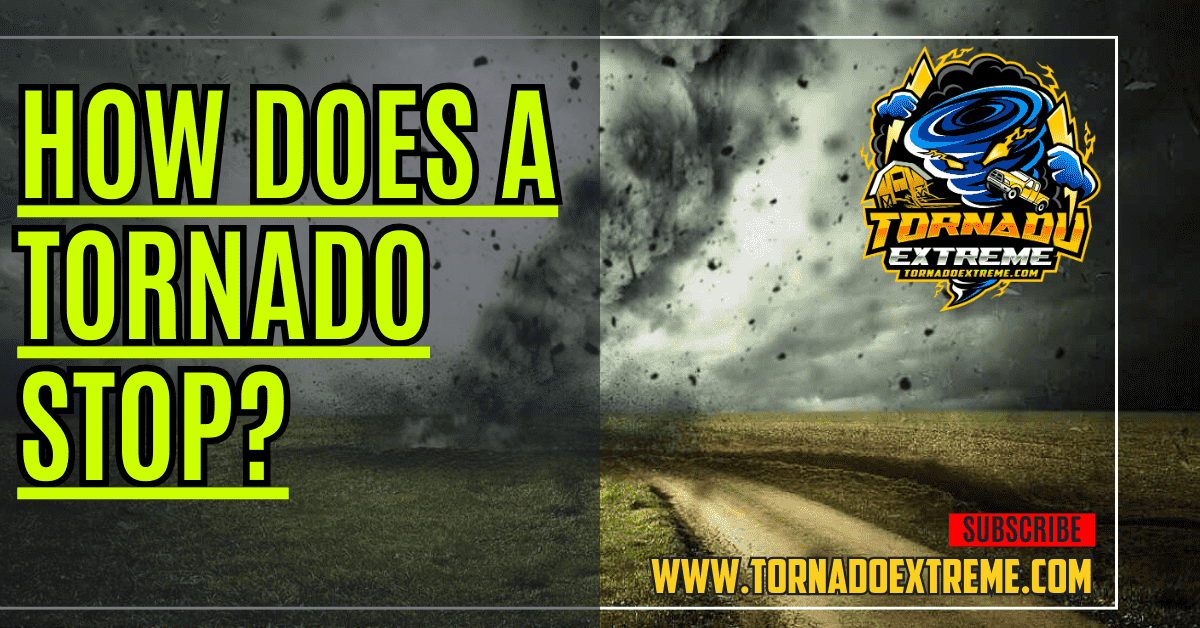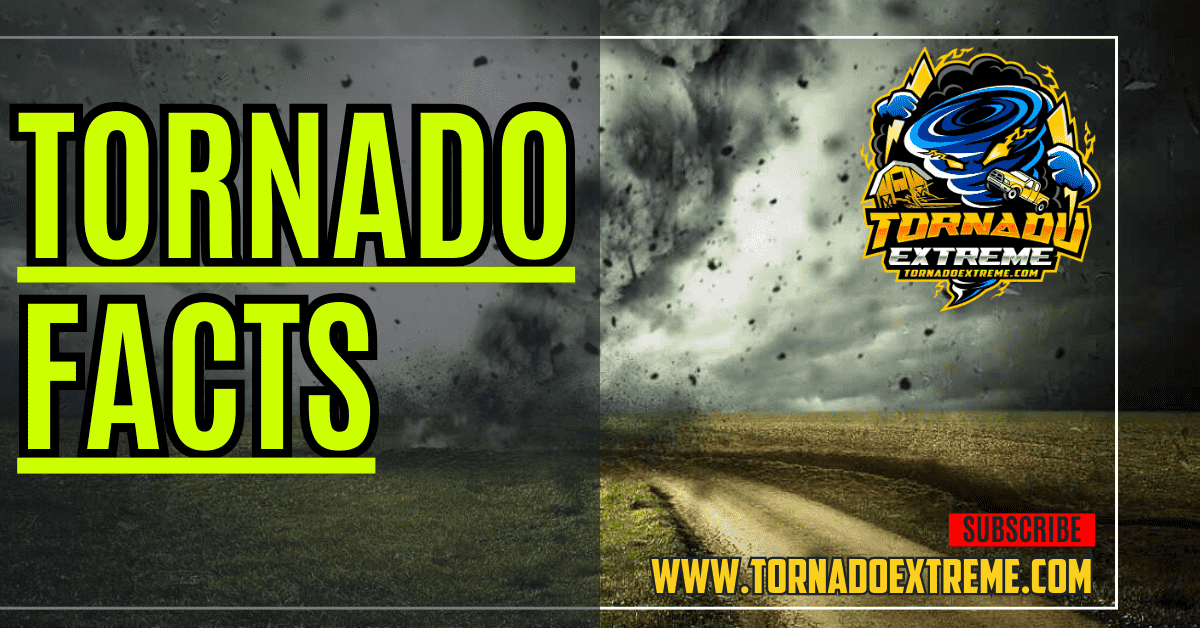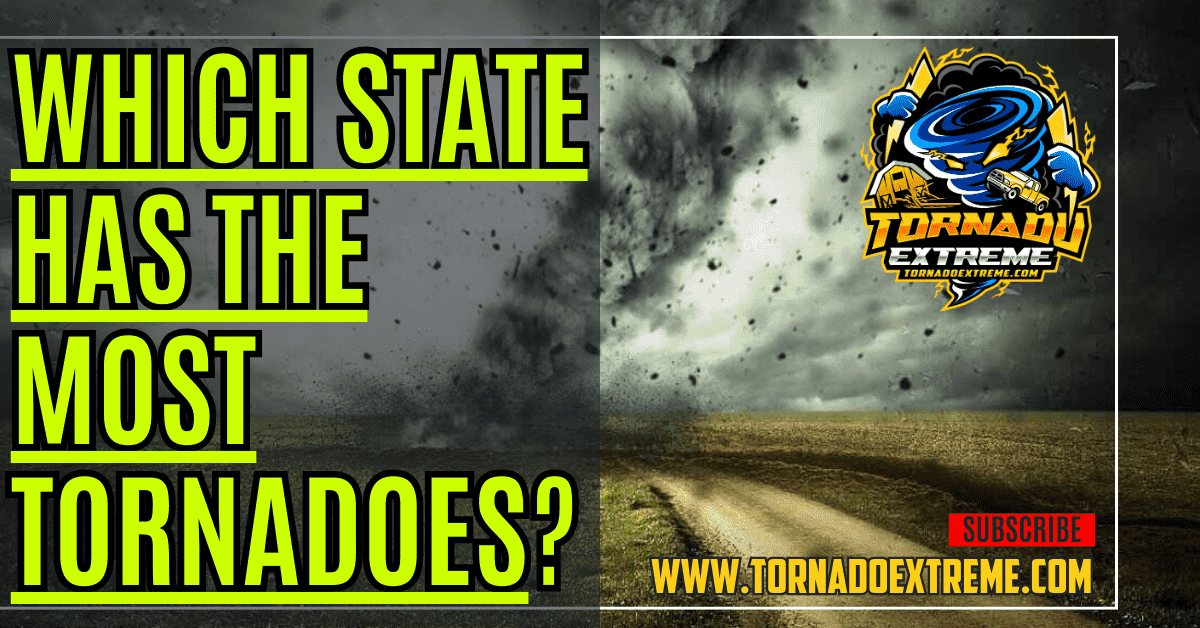WELCOME TO TORNADO EXTREME!
Interesting facts, information, and stories about the most powerful and unpredictable storms on the planet.
An Introduction to Tornadoes
A tornado is a sudden, violent funnel of air that rotates during thunderstorms and stretches from the ground to the base of the storm. They’re created by thunderstorms being pushy and obnoxious, not knowing when to let go so they create these beings with powerful winds that can reach 300 mph or more.
These terrifying twisters appear out of nowhere, it’s impossible to predict them in advance which makes them scary as all hell. Unlike hurricanes where someone can give you a heads up weeks in advance, with tornadoes you have only minutes to find shelter before they tear your world apart. The power of a tornado is judged by using the Fujita Scale which measures both wind speed and how much damage was done after tearing through things like a temper tantrum throwing child. On average every year there are about 1,000 tornadoes in America alone, most hitting states located smack dab in the middle of the country forming what we call “Tornado Alley”

About me
Hi there, I’m Dean – a weather professional with a Bachelor’s degree in meteorology from Texas A&M University and a Master’s in Energy Policy and Climate from Johns Hopkins University. Over the past twenty years, I’ve worked with NASA, BBC, National Geographic, NOAA and other top organizations to learn about extreme weather conditions.
Through this website, I want to simplify these events for people all over the world. Tornadoes, tsunamis, volcanoes – you name it! The more we know about them, the better chance we have of preparing ourselves for them. By spreading awareness and educating others on these natural disasters, we can hopefully reduce their impact on society and create a safer tomorrow.
What is a Tornado?
A tornado is a whirlwind. A rapidly spinning column of air marks this powerful weather event. It starts with a supercell thunderstorm and ends on the ground, leaving chaos in its wake. The winds it spins reach up to 300 MPH and cause damages that can stretch to a mile wide and 50 miles long.
On top of that, the same storm can produce strong downburst winds, which are essentially mini-tornadoes. Whenever a tornado is near there’s also likely to be hailstones as the atmosphere has already set the stage for them too. Every state sees some level of risk from tornadoes so always be ready!


How fast is a Tornado?
As a rule, the velocity of winds involved in normal storms is about thirty mph while in case of tornadoes, it can go up to seventy mph or more. In addition, gusts of wind during some tornadoes may reach over two hundred miles per hour.
These whirlwinds are famous for their devastating force which can cause severe damage to buildings and other infrastructure. The powerful wind speeds and gusts associated with cyclones can uproot trees, rip off roofs and even lift cars into the air. People who live in areas prone to tornados must establish readiness procedures as well as take shelter immediately if they get a warning for one.
Read Our Latest Blog Articles
fAMOUS quote
“In the eye of the tornado, there’s no more high and low, no floor and sky.”
Francis Alys
Some Quick Facts & Information About Tornadoes
Protecting Yourself During a Tornado
In order to ensure your safety during a tornado, it is important to take necessary precautions, especially if you live in areas prone to tornadoes like Tornado Alley. Stay informed by monitoring tornado warnings from the National Weather Service on Twitter. If necessary, consider taking shelter in a public storm shelter or investing in a private above-ground or underground shelter for quick accessibility during emergencies.
What is the Fujita Scale?
The Fujita Scale, also known as the F-Scale, rates the strength of a tornado on a scale from F1-F5 based on its impact on human-built structures and vegetation.
What is Tornado Alley?
The areas of the United States and Canada where tornadoes occur frequently are commonly referred to as “Tornado Alley.” However, an official definition for this term has yet to be established as of 2018, mainly due to the fact that tornadoes can potentially transpire in various locations. Nevertheless, there exists a widespread agreement that the term “Tornado Alley” should specifically encompass the Great Plains region within the United States.
Are Hurricanes and Tornadoes the Same?
Both tornadoes and hurricanes are weather phenomena characterized by powerful winds that have the potential to cause significant destruction. However, it is important to note that tornadoes typically develop over land, whereas hurricanes typically form over bodies of water. Additionally, these two natural disasters differ in terms of their size, velocity, duration, frequency, and the ability to issue timely warnings.
What is the Difference between a Cyclone and Tornado?
Cyclones and tornadoes are intense swirling storms, akin to hurricanes. Cyclones typically develop in tropical regions, whereas tornadoes are predominantly observed in the United States of America.
When is tornado season?
Tornadoes can happen throughout the year, but there is a specific period known as “tornado season” when these storms are most prevalent. This peak season starts in March and continues until June.
During this time, the combination of warm, moist air from the Gulf of Mexico and cool, dry air from Canada creates the ideal conditions for tornado formation. The increased temperature and humidity during these months contribute to the instability in the atmosphere, leading to more frequent tornado occurrences. It is important for residents in tornado-prone areas to stay vigilant and prepared during this peak season.
Having Dreams about Tornadoes?
If tornadoes appear in your dreams, you may be curious to uncover their origins. Similar to other types of dreams, tornado dreams can hold various interpretations.


